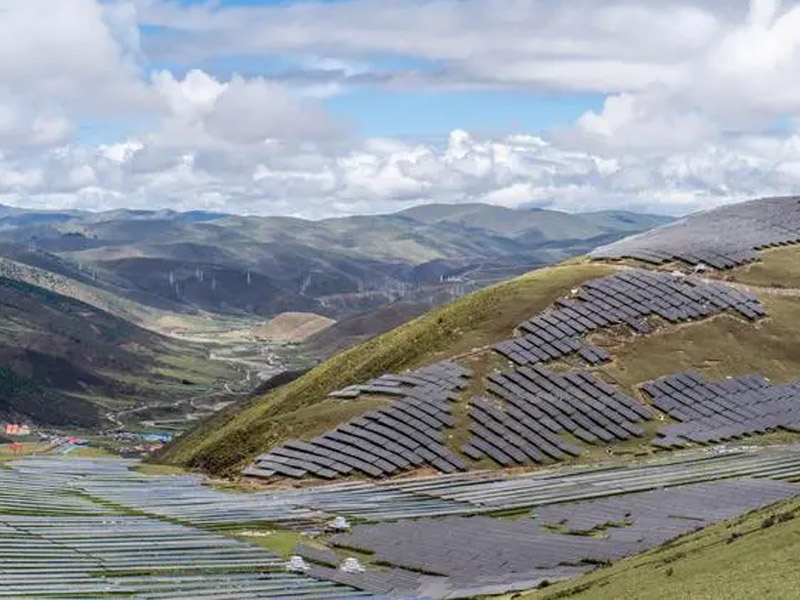Utility-scale solar refers to large-scale solar power plants that are typically owned and operated by utility companies or independent power producers. These solar installations are designed to generate electricity on a large scale and feed it directly into the utility grid. Utility-scale solar projects can range from several megawatts to hundreds of megawatts in capacity.
On the other hand, community solar, also known as shared solar or solar gardens, allows multiple individuals or organizations to benefit from a solar energy project. In a community solar arrangement, a solar installation is built in a centralized location, and the electricity generated is shared among multiple subscribers who may not have the ability to install solar panels on their own properties. Subscribers typically receive credits on their electricity bills for the energy produced by their share of the community solar project.
The main difference between utility-scale solar and community solar lies in the ownership and distribution of the generated electricity. Utility-scale solar is owned and operated by utility companies or independent power producers, while community solar allows individual subscribers to benefit from a shared solar installation. Utility-scale solar primarily focuses on large-scale electricity generation, while community solar aims to provide access to solar energy for individuals or organizations who cannot install solar panels on their own properties.
Cowell offer not only commercial and residential rooftops mounting structure, but also manufacture canopy mounting structure and utility-scale solar farms. Contact us if you need any help for the solar mounting system.


 M-F 9AM to 6PM
M-F 9AM to 6PM  admin@cowellxm.com
admin@cowellxm.com
 326, No.580 Jiahe Road, Huli District, Xiamen City,Fujian Province, China.
326, No.580 Jiahe Road, Huli District, Xiamen City,Fujian Province, China.




